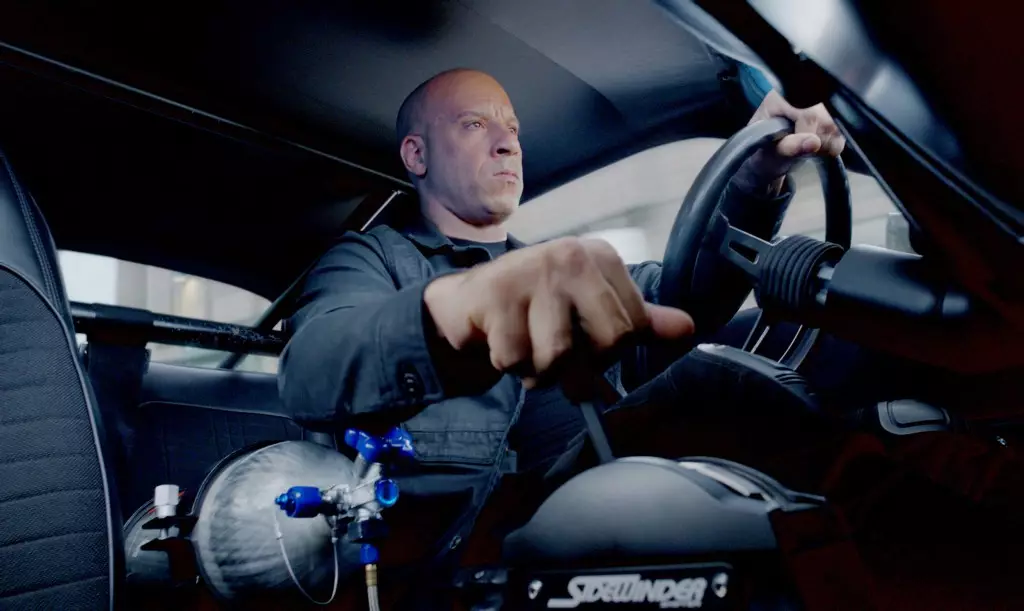Stepping into the realm of sequels for a blockbuster series, especially one that has grossed over $7.3 billion like the Fast & Furious franchise, presents unique challenges. Vin Diesel, a pivotal figure in the franchise, recently shared insights via social media about the upcoming Fast X: Part 2. This franchise’s long-lasting success combines exhilarating street racing, elaborate stunt sequences, and a deeply integrated ensemble cast. However, the pressure to meet audience expectations while maintaining the series’ signature identity can be a formidable task. With the stakes higher than ever, Diesel’s comments reflect the complex web of creative pressures and corporate interests involved in crafting the next installment.
In his post, Diesel communicated the competing demands from Universal Pictures regarding the timeline for Fast X: Part 2, suggesting a target release date of March 2026. This tight schedule feels even more cumbersome when considering that the franchise’s formula includes not only delivering a standalone narrative but also a comprehensive two-part finale that must intertwine various character arcs and resolutions. The excitement surrounding the potential return of Dwayne Johnson, with whom Diesel has had a tumultuous professional relationship, adds another layer of complexity. Their on-screen rivalry must transition to a resolution that is both believable and satisfying to longtime fans, and this poses a creative challenge that the screenwriters must navigate deftly.
Universal has enlisted writers Christina Hodson, known for her work on The Flash, and Oren Uziel, who contributed to Cloverfield, to script Fast X: Part 2, with Louis Leterrier returning as director. This move is strategic; the inclusion of experienced writers from other successful franchises can imbue Fast X with fresh yet familiar storytelling flavors. However, with multiple voices interpreting the narrative, the challenge lies in sustaining the original series’ essence while innovatively evolving its story. As Diesel puts it, he longs for a return to authentic street racing and practical stunts, which are foundational elements of what catapulted the Fast & Furious series to prominence.
As Warner Bros. unfolds its plans for the fast-approaching box office season, with Disney’s Moana 2 poised to potentially eclipse Johnson’s record opening from Furious 7, the competitive atmosphere only intensifies. The struggle for box office supremacy will undoubtedly inform not just the marketing but also the narrative strategies for Fast X: Part 2 and its follow-up. With audiences craving both nostalgia and innovation, the filmmakers are at a crossroads—how to honor the legacy of Fast & Furious while seeking to push its boundaries?
As Diesel gestures towards a reunion of the beloved “brotherhood” within the franchise, the anticipation surrounding Fast X: Part 2 intertwines excitement with scrutiny. The film not only has to deliver high-octane thrills but also fulfill the intricate expectations set forth by audiences and industry stakeholders alike. With an imminent release date and the burgeoning competition on the horizon, Fast X: Part 2 is more than just another sequel; it is a testament to the franchise’s resilience and a litmus test for its future.

